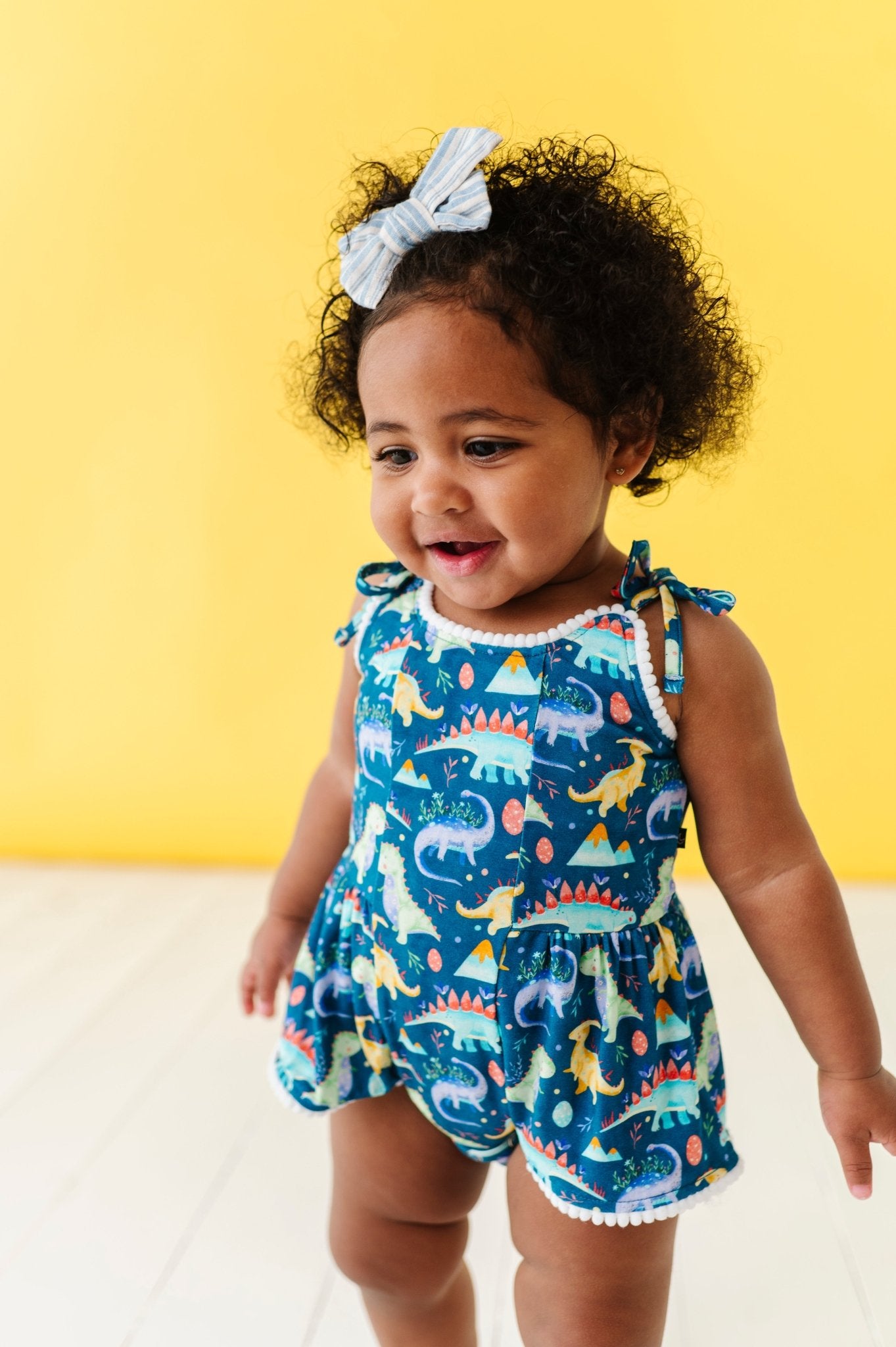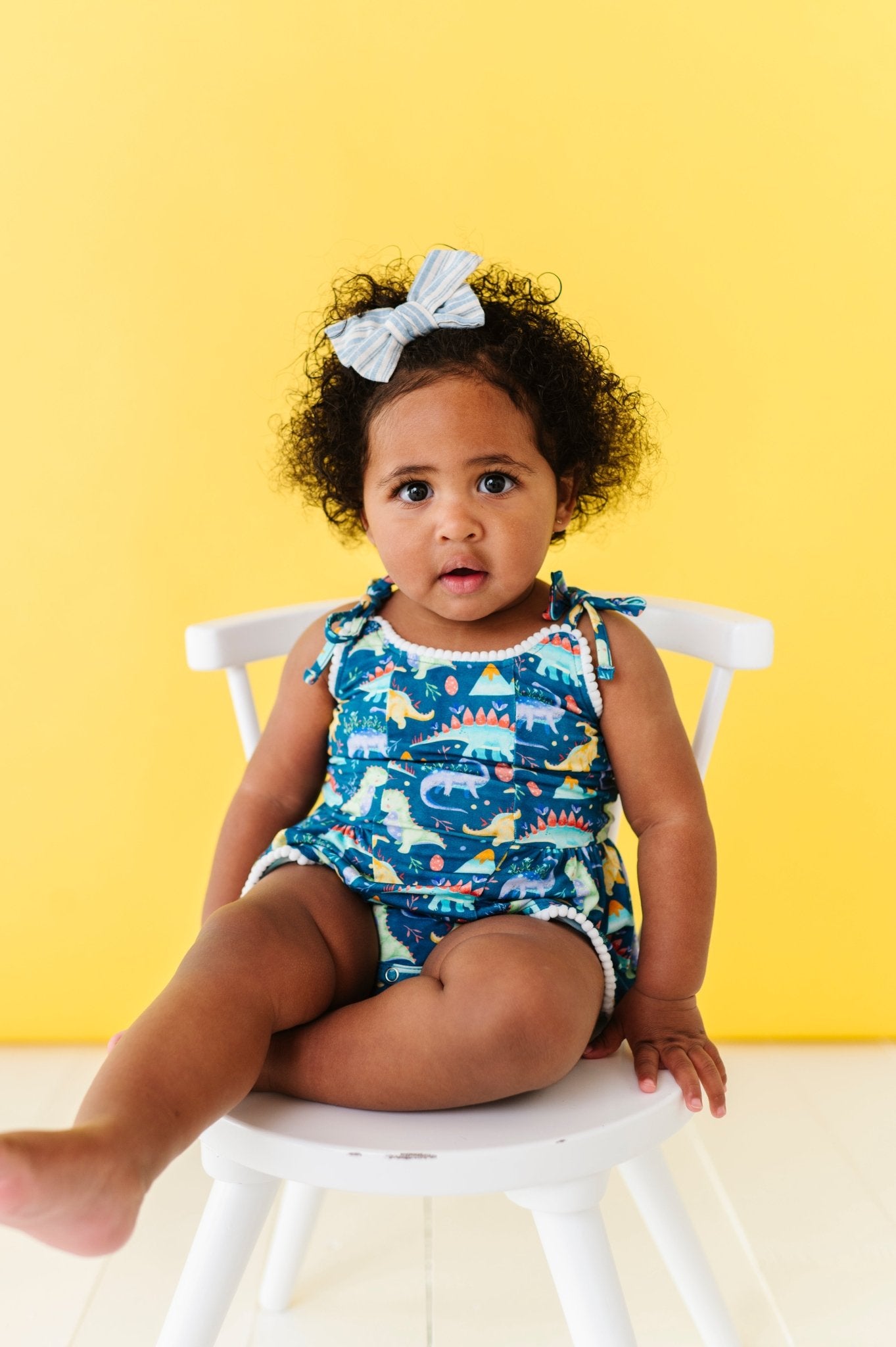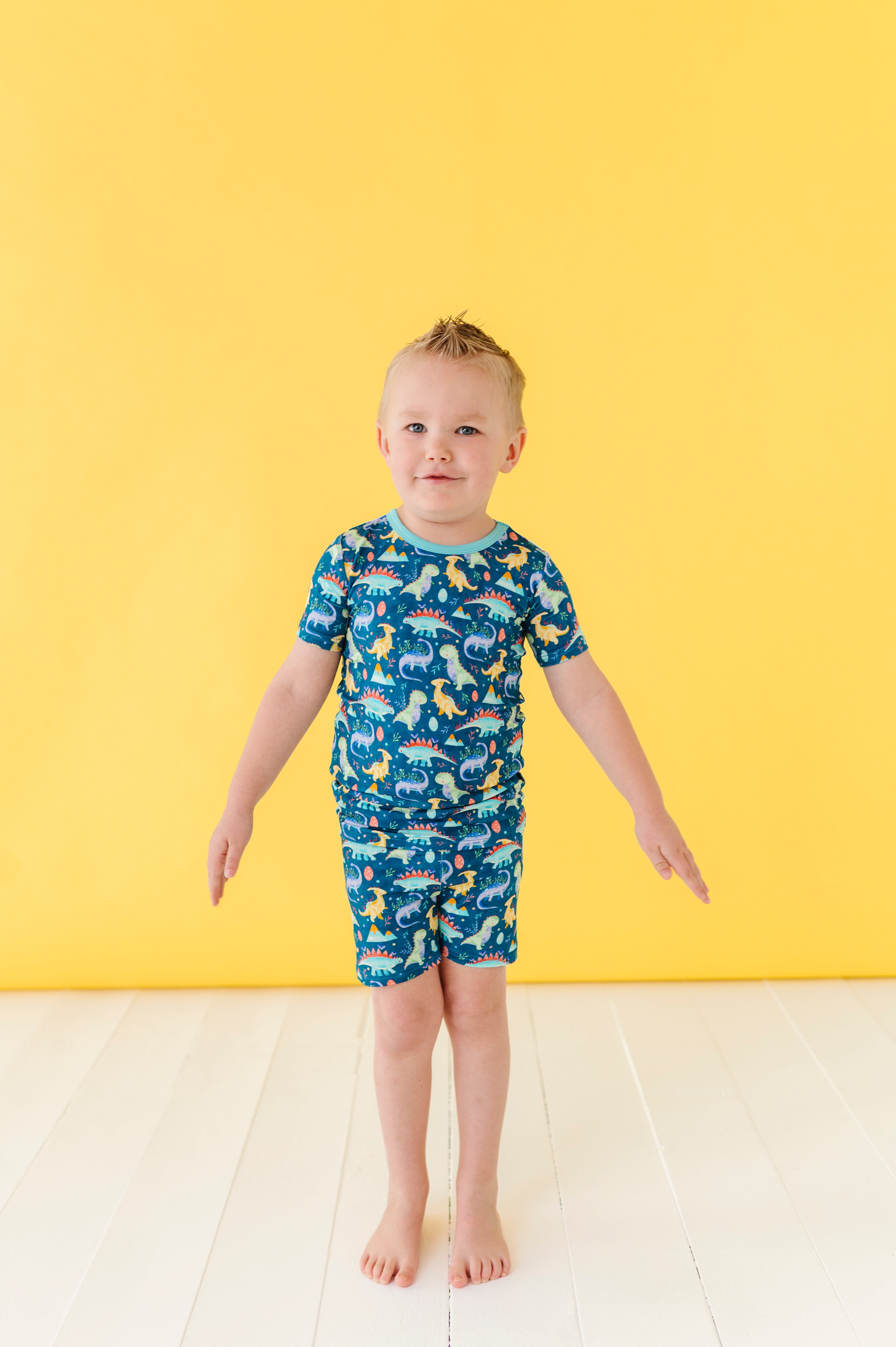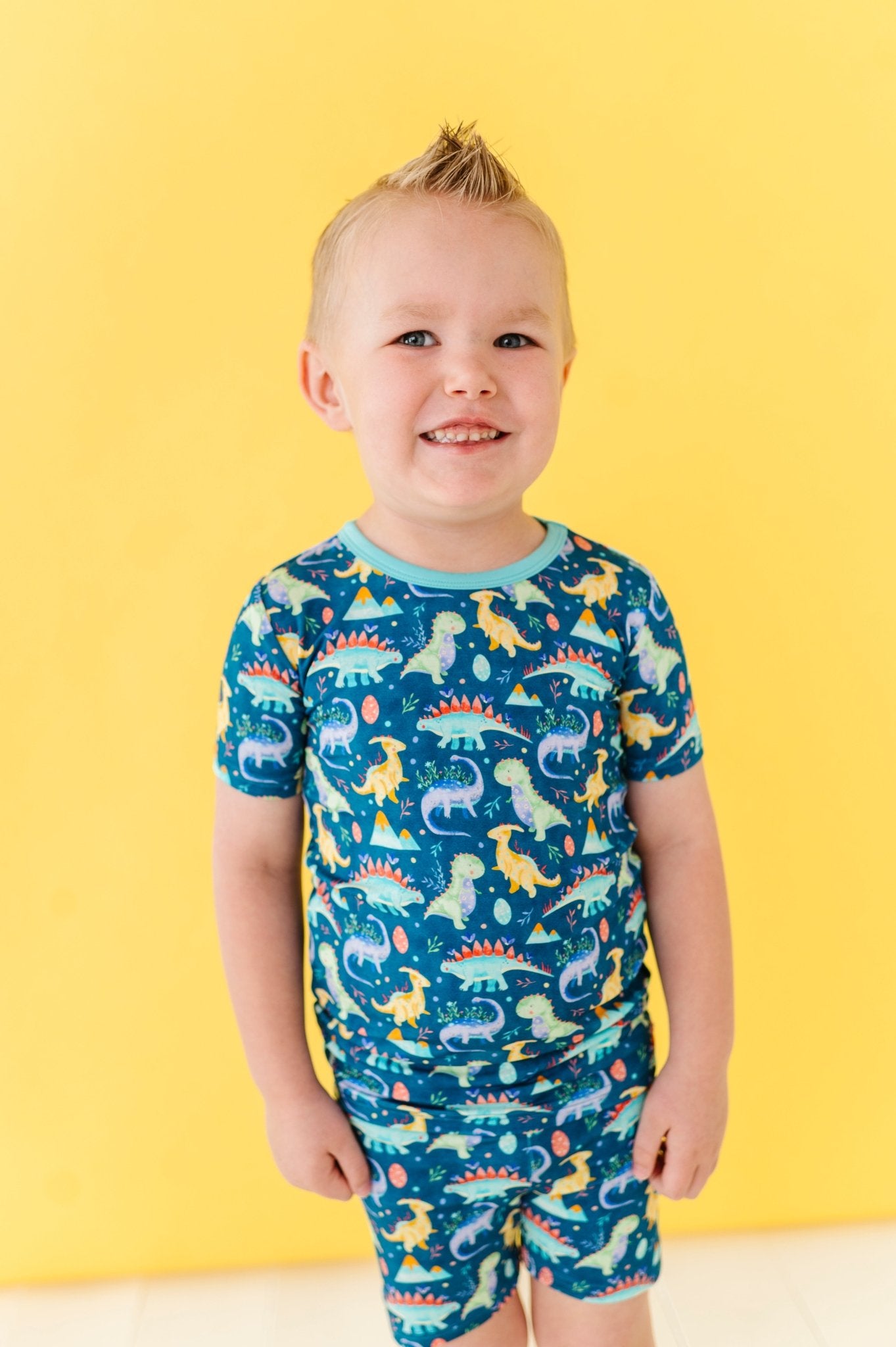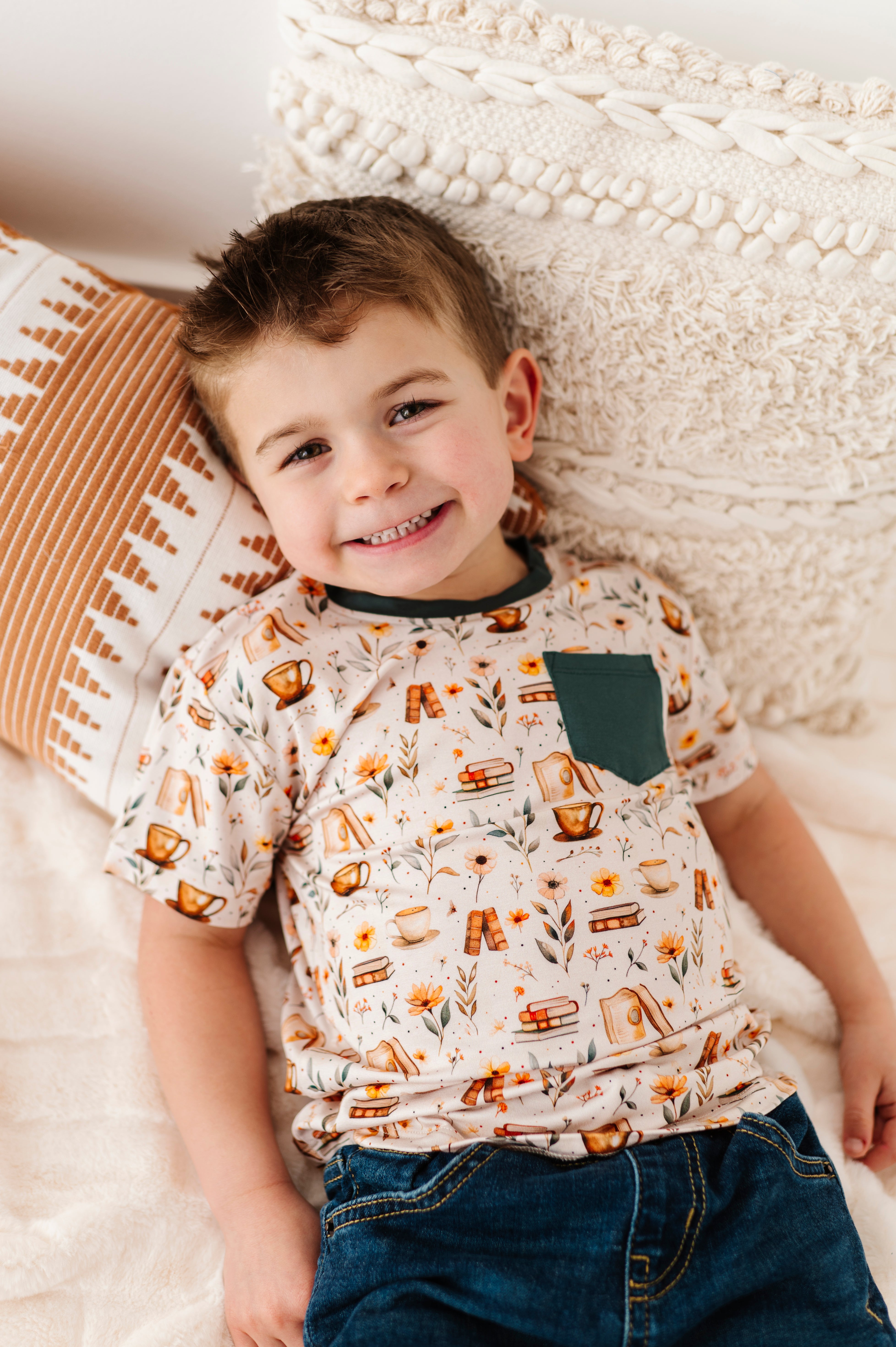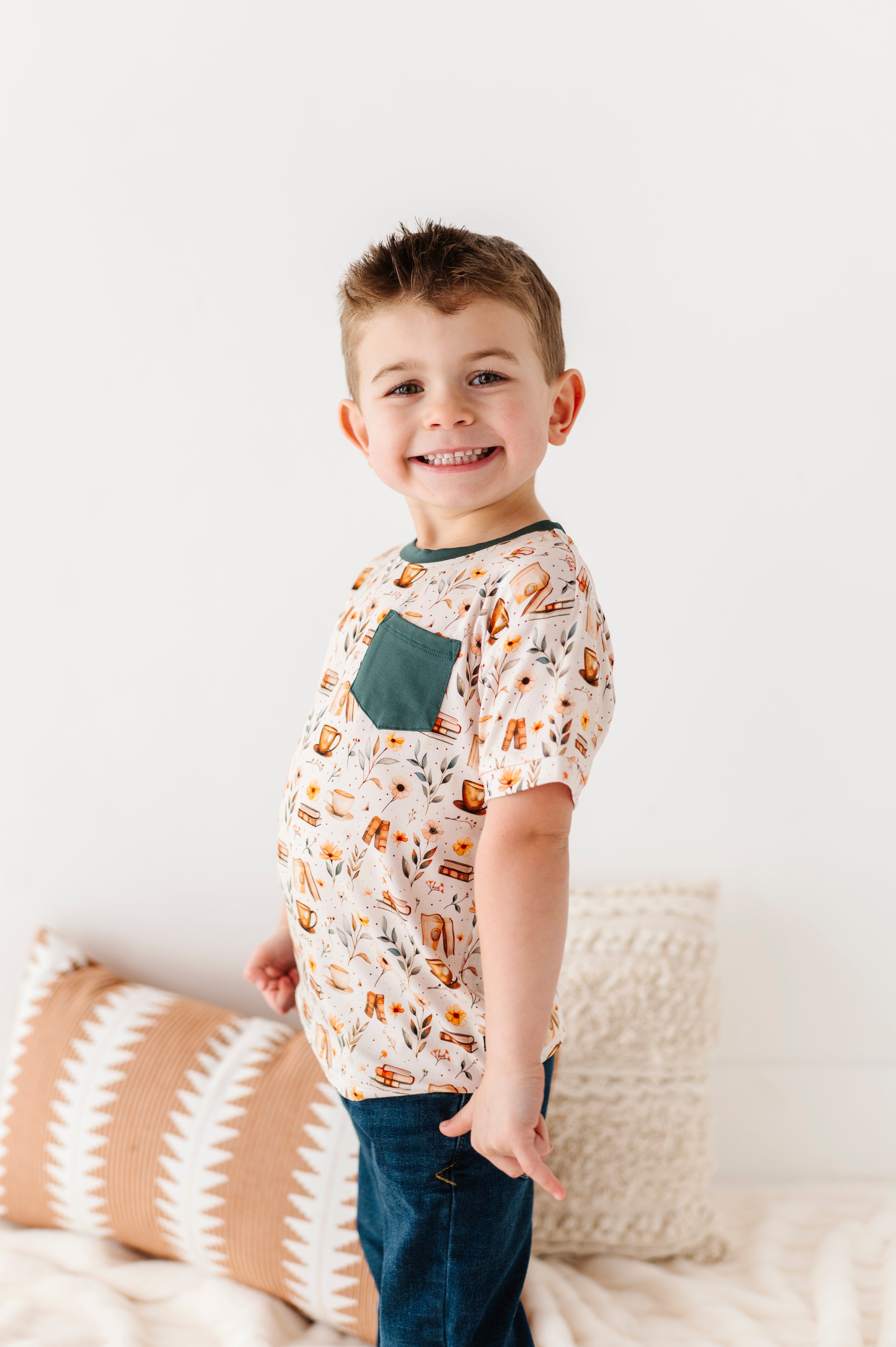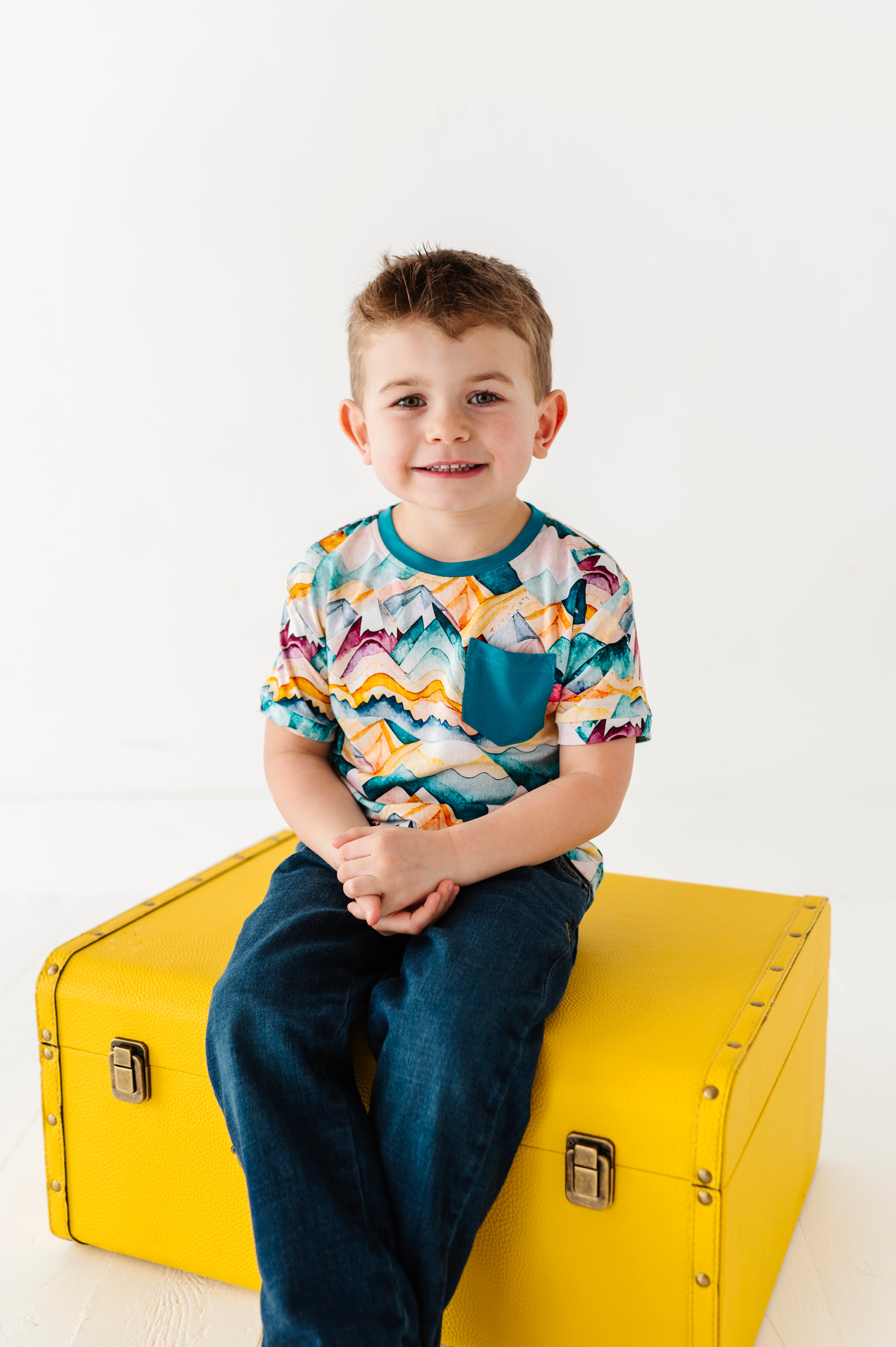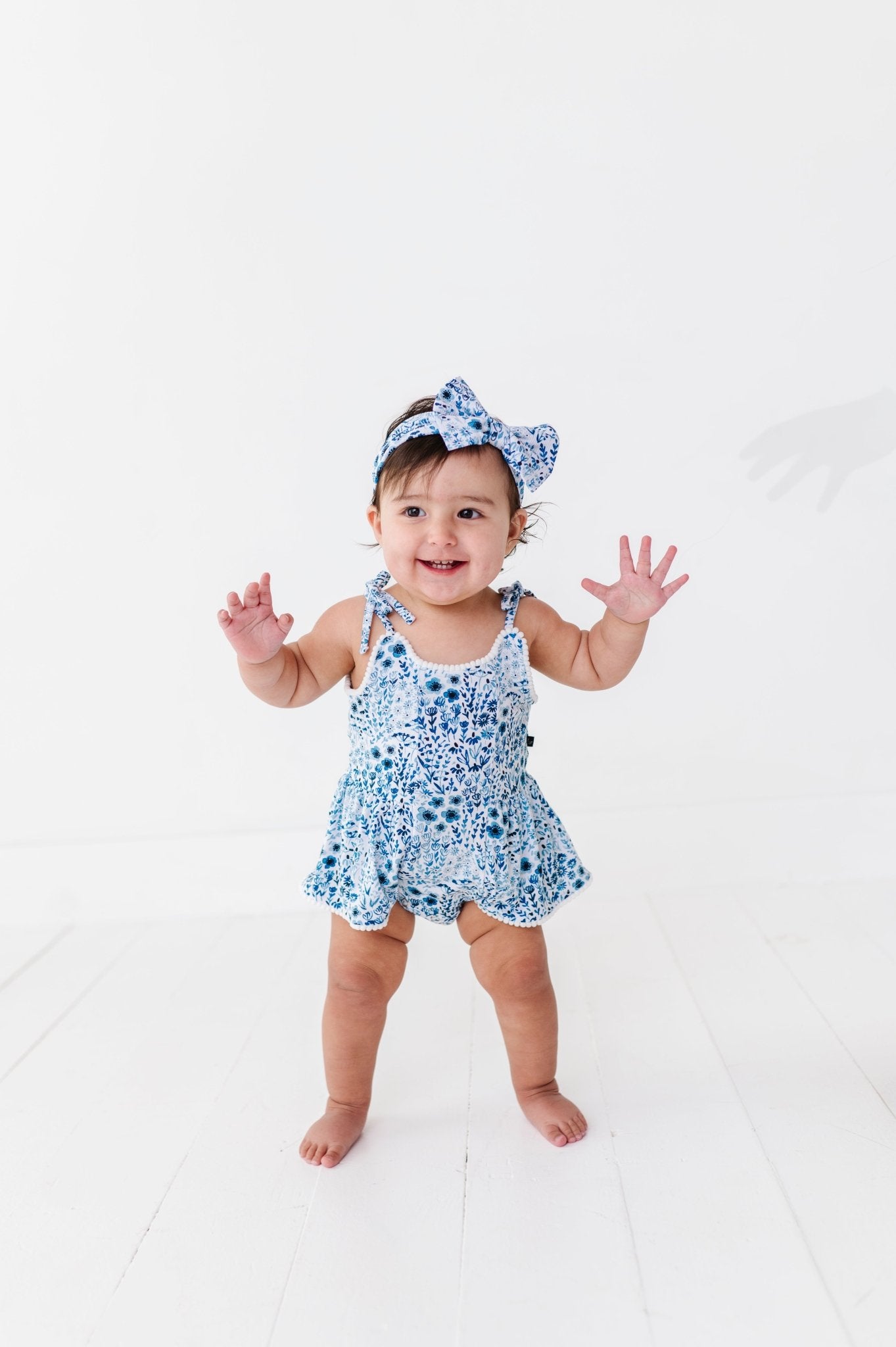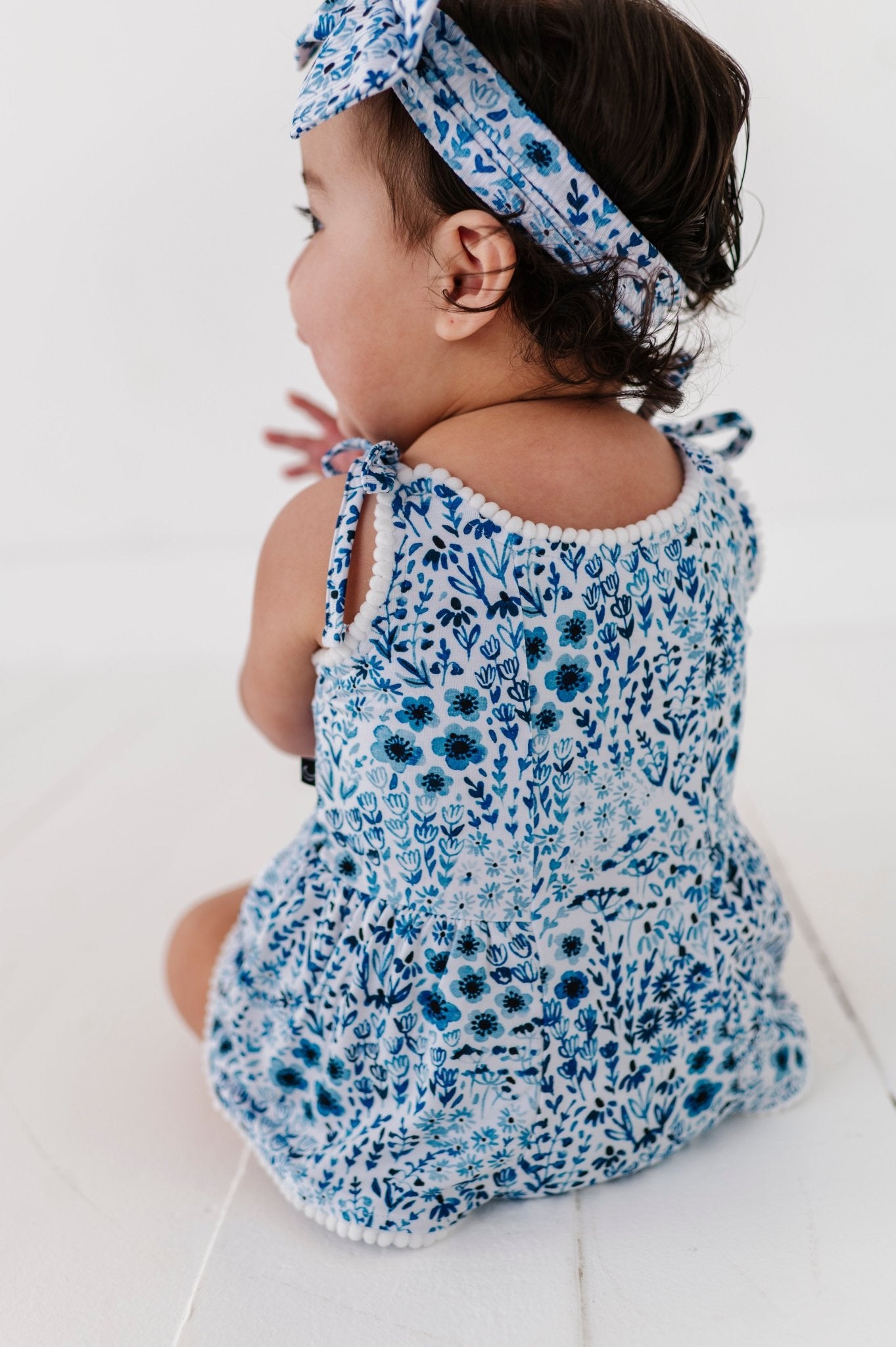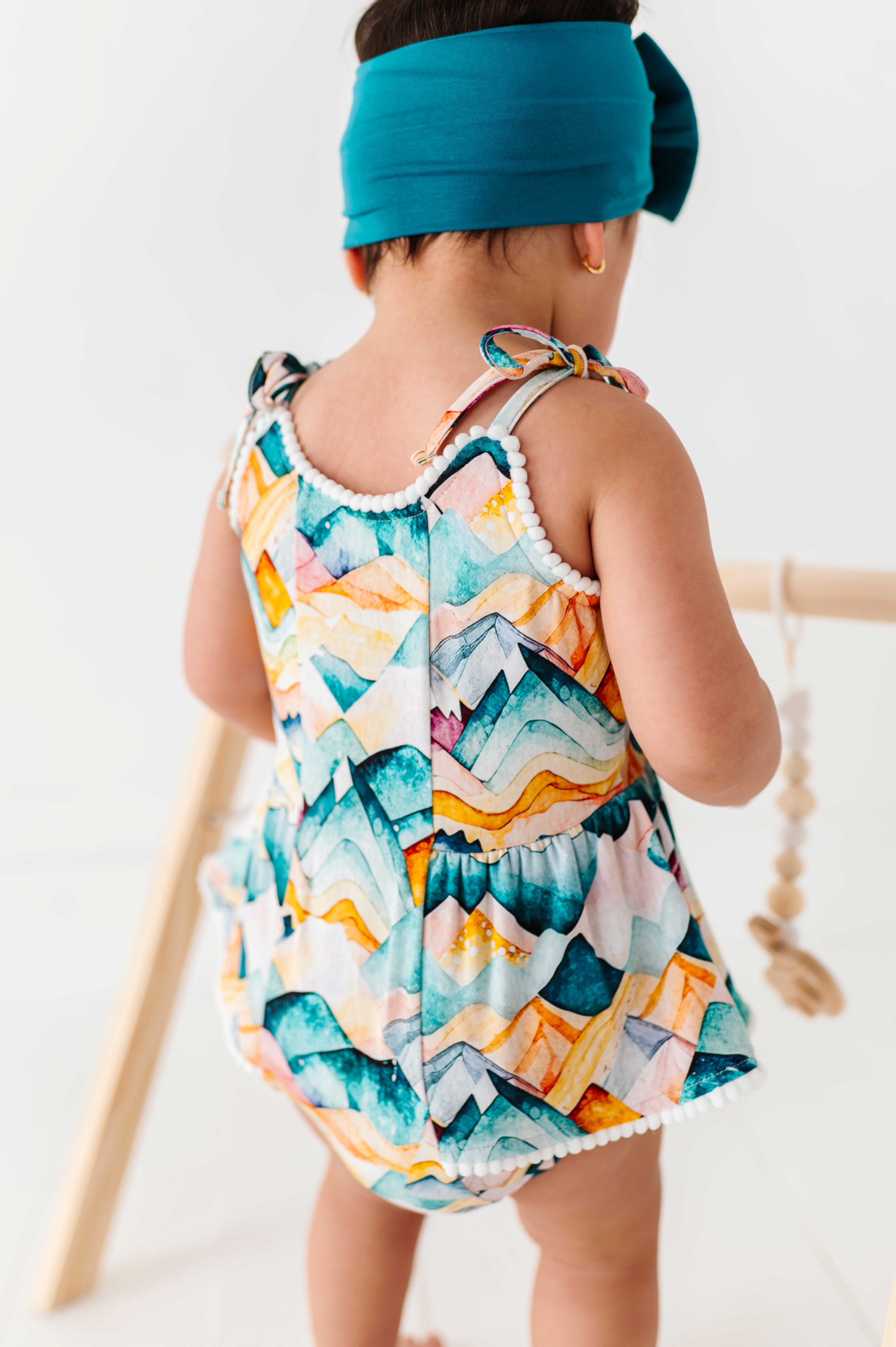One of the first big decisions you'll have to make as a parent of twins is where your babies will sleep. Do twins sleep in the same crib? Or is it better to give them their own space from the start? For most mothers, having twins sleep in the same bed makes sense; after all, they've been lying next to each other for months in the womb. However, is it safe and comfortable? Or does it mean more nights spent lying awake, where, let's face it, twin parents don't sleep enough already?
In this article, we'll cover all the things you need to know about twins sharing a crib. We've got you covered to see if it's safe and comfortable and their advantages & disadvantages.
Understanding Twin Sleep Arrangements
As a mum of twin babies or when you're expecting twins, one of the first terms you'll come across is 'co-bedding.' Co-bedding is the practice of placing twins together in the same crib (or sleeping space) to sleep in a single cot. Co-bedding is not just about putting your babies in one crib. It is also about recreating the closeness twins have shared before birth, which can be comforting to them and less stressful on you as a twin parent at times.
To develop healthy sleep habits, the American Academy of Pediatrics (AAP) advocates for safe sleeping. They encourage most parents to provide separate sleeping spaces for their twins. Many parents prefer their twin babies sleep together in a crib to sleep through the night, especially during the first few months. Others would rather be safe, as they like methods that don't involve the twins sharing a bed. However, when you want to start building healthy and good sleeping routines for your babies, you need to prioritize creating a space that is safe for them and maintaining a routine to help your babies sleep better.
Twins and triplets are more likely to be born prematurely, which causes them to spend time in neonatal care, where they're used to being touched and nursed frequently. They may find it hard to adjust when they come home, which then affects their sleep routine, but isn't the case for single babies. According to AAP, babies should sleep on their backs on a firm and flat surface, without pillows, blankets, or multiple stuffed animals on their beds. They suggest separate sleeping spaces in order to reduce the risk of Sudden Infant Death Syndrome (SIDS).
Risks of Co-Bedding
It has been discovered that sharing a sleeping space can heighten the risk of SIDS, especially if you're not adhering to safe sleeping habits for your babies. It is risky, they can get too hot, causing them to overheat or suffocate. Putting twins in a single cot can cause one baby to roll into the other accidentally or get too near the crib's edges, and this may lead to suffocation or overheating.
Also, babies can be noisy sleepers. The wriggles and cries of one twin may wake up the other and lead to even more sleep disturbance for you and the babies.
When Co-Bedding Can Be Safe
In the first few weeks, you can put your twins to sleep together in a single cot when they are still small enough. Putting them in a single crib can actually help them regulate their body heat and sleep patterns, which will help soothe them. You should also consider a large enough safety-approved crib. This can remove some of the dangers as long as both twin babies have enough space to roll around safely.
They should be placed on their backs with the tops of their heads facing each other and their feet at opposite ends of the crib or together side by side on their backs, with their feet at the foot end of the crib. Make sure they're still under close supervision, at least until they reach the stage to transition into a separate sleeping space at night.
When to Stop Co-Bedding
Even if you do start with co-bedding, a time will come when you’ll separate your twins, and there's no need for them to sleep together. Most experts recommend that twins be separated by the time they start to roll over, at about 3-4 months, or by the time they outgrow the crib. Every baby is different, so you'll need to watch their development and adjust accordingly.
Pros of Twins Sharing a Crib
Here's why some mommies prefer co-bedding for their adorable pair:
1. Bonding opportunities
For some parents, co-bedding is a way of continuing to build on the bond that twins have. The gentle sounds of the breath of their sibling or being close by can be reassuring for twins, soothe them, and make the transition from life inside the womb to outside life easier.
2. Easier Nighttime Feedings
Parenting twins is an all-round job, and anything that makes nighttime feedings easier is a win. When your babies share a crib, parents can often feed, carry, and comfort them in one place. For exhausted parents, after getting their twins to sleep, this option feels better, especially during those early months when sleep feels far.
3. Space-Saving
Not everyone has a large nursery, and that's where co-bedding can be a lifesaver. A single crib takes up less room than two, and that can be a huge thing for families who live in smaller homes or apartments. And it means more room for all that other baby stuff that seems to double overnight. Hello, strollers and bouncers!
4. Imitating the Womb
Co-bedding may recreate the warm, intimate space they were used to in the womb, and they feel comfortable and familiar with it. Some parents like to see their twins sleep better when they are together, it's as if they're comforting each other.
Cons of Twins Sharing the Same Crib
1. Safety Risks
As we've already indicated, co-bedding can increase the risk of Sudden Infant Death Syndrome (SIDS), suffocation, or overheating. Even when you do all the right things, for example, placing a firm mattress and avoiding loose bedding, there's still some chance that one twin could roll into the other by mistake or get too near the edges of the crib. For most parents, this one risk factor alone is enough to opt for individual sleep spaces.
2. Sleep Disturbances
Even though twin babies can share a crib, they most likely don't always share the same sleep pattern. The movements, tears, or midnight feeding requests of one baby can wake the second baby easily, causing another cycle of disturbances. And let's be real: when you're already running on caffeine and low energy, anything that disrupts sleep, either yours or theirs, is worth avoiding.
3. Limited Space
Newborns might be tiny, but they grow fast, and so do their sleep needs. What starts as a cozy arrangement can soon turn into a cramped one as twins grow in size and activity. A single crib can do for the first several months, but once they start rolling, kicking, or stretching out, you'll likely need to rearrange. After all, nobody needs to referee at midnight because one twin accidentally knocked the other with an elbow.
4. Individual Sleep Needs
Just because twins are born at the same time doesn't mean that they are identical when it comes to sleeping. One may be a sleepy baby and will sleep soundly through the night, but the other one may be a light sleeper and can wake up even by a soft noise. It can be difficult to accommodate both of them, especially if one twin's schedule disturbs the other's sleep. Over time, such differences make co-bedding a chore and not a help.
Alternatives to Co-Bedding
In case co-bedding is not an option for your family, don't worry; there are several other ways of keeping your twins together without compromising their safety and comfort. Below are some popular alternatives that we recommend for twin parents:
- Side-by-Side Cribs: Of the most common alternatives to co-bedding, side-by-side two cribs are the most popular. It positions twins in close enough proximity, though each one of them still has their own distinct, separate, safe sleeping area. You can use this option to sleep-train your twins. It also gives you the benefit of having the ability to place the cribs farther apart if that should become the case.
- Bassinets or Mini Cribs: These little sleeping spaces are perfect for putting twins together (and near you) without any hazards. Bassinets are usually alongside parents' beds for the first few months, and this helps with night checks and feeding. When twins have outgrown bassinets, you can buy your twins regular cribs and move them over to it.
- Room-Sharing: The American Academy of Pediatrics (AAP) recommends room-sharing (not bed-sharing) for a year to six months. That means having your twins in your room but sleeping in their own cribs or bassinets. It's a great way to have your babies in view while being perfectly safe and sleep-aware. And it can make those middle-of-the-night wake-up calls a bit less tiring because you won't have to get up and go to another room.
- Gradual Separation: If you have started with co-bedding and want to switch your babies to sleeping independently, then you can make the switch over gradually. Place the twins in the same room but in separate cribs or bassinets. This helps to sleep train them. Gradually, place the cribs further apart or even into a separate nursery if you feel like it. By separating them gradually, the twins can get accustomed to being separated without being away from one another suddenly.
Do Twins Sleep in the Same Crib? The Sleepy Sloth's Practical Advice for Twin Parents
Twin parenting is great, but come on—it can be tiring too. When sleeping time comes, a little planning and good advice go a long way. See some practical tips and useful sleep advice we recommend you take into consideration to help you create a safe, comfortable, and sustainable sleeping setup for your lovely twins:
1. Creating a Safe Sleep Environment
Safety is never negotiable, and setting up a safe sleep space is not something to be taken lightly. These sleep tips can help your twins:
- A firm mattress: A firm, flat mattress is your best bet for reducing the risk of SIDS. Avoid soft mattresses or memory foam, which are suffocation hazards. Put your babies down in a safe sleeping position.
- Fitted sheets only: Loose bedding is a complete no-go. Fitted sheets designed specifically for your bassinet or crib are the way to go.
- Keep it bare: Multiple bedding pillows, toys, and bumpers may be adorable, but they're not safe for infants. Warm your twins using sleep sacks or wearable blankets instead. This makes it extremely easy to get your twins and multiples to sleep.
2. Creating a Sleep Schedule
One of the practical approaches to helping your twins have sound sleep is by creating a sleep schedule, which can be achieved through the following processes:
- Sync your babies into a sleeping routine: Put your twins down for naps and bedtime, and feed them as much as possible at the same time. Be committed to providing and maintaining a consistent routine. It might take time, but it’s definitely worth it.
- Create a calming bedtime routine: A warm bath, lullaby, or a few quiet cuddles can tell your twins that it's time to relax.
- Use white noise: A white noise machine will mask the household sounds and create a calm sleeping atmosphere for the babies.
3. Monitoring Growth and Development
As your twins get older, their sleep patterns will change. Here's what to watch out for:
- When to divide: If you've been co-bedding, you will need to put them in separate cribs when your twins start rolling over or when they look cramped.
- Changing schedules: As your twins start sleeping longer at night or you notice any changes, it is time to plan to revise their schedule to accommodate their multiple growing needs.
4. Investing in the Right Gear
The right gear will make sleeping a lot easier for twins. Don't forget these essentials:
- Cribs or bassinets: If you have two separate cribs, side-by-side bassinets, or a crib space-saver, ensure they follow current safety standards
- Baby monitors: A quality monitor (or two!) will give you peace of mind in getting twins to sleep and share a room.
- Swaddles or sleep sacks: These help to give your babies the feeling of warmth, which keeps them safe and gives them better sleep without any risk.
- Portable sound machines: A portable white noise machine is a lifesaver when your twins are sleeping or napping.
Conclusion
If you're leaning towards co-bedding, we believe you should always know that you should follow all safe sleep practices. It is totally okay to mix things up as your twins grow and their needs evolve. Don't hesitate to call your pediatrician for advice if you're ever in doubt of what to do as regards do twins sleep in the same crib. Ultimately, the goal is always the same: to make sure your little sweethearts are healthy, happy, and well provided for. Remember, whether your twins are sleeping together in a crib or side by side in their own beds, you're still doing an awesome job. Trust your instincts and take each night at a time. You're doing a great job, and your twins are lucky to have you.
Frequently Asked Questions
1. Is it safe for twins to share a crib?
Although co-bedding might be okay for some, safety comes first. If you do decide to co-bed your newborn twins, make sure the crib is large enough and monitor them closely.
2. When should twins no longer share a crib?
Most professionals and teams of experts usually recommend separating twins to put them in separate cots when they start rolling over. This happens around 3-4 months. As the twins grow older, you can then think about giving them separate rooms if they disturb each other.
3. Where can I purchase nice baby things for my twin babies?
At SleepySloth, we have high-quality baby, toddler, and kids' essentials that make life a little bit simpler for parents of twins. From cute crib sheets to comfortable and stylish sleepwear and adorable matching sets, we have all you need to make your babies look cool. Shop our collection today.



